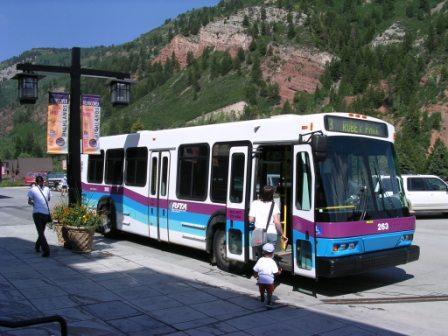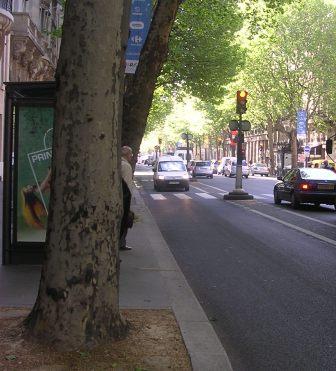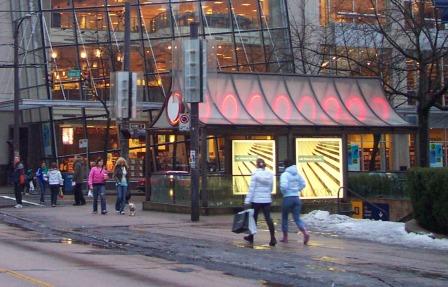Robert I. (aka Neat Engine), New York native and former Seattle grad student, sent me this update (from the Times City Blog) on the city/state discussion about congestion pricing in Manhattan:
Journalists, advocacy groups and residents on both sides of the issues have been struggling to make sense of the congestion pricing agreement reached in Albany on Thursday.
On one hand, the deal at the very least seems to keep Mr. Bloomberg’s idea of charging drivers in Manhattan alive. It may even allow the city to begin taking steps to begin putting such charges in place.
On the other the plan hardly means congestion pricing is a done deal. A 17-member commission of city and state representatives will study different ways to mitigate traffic — not limited to congestion pricing — and act by March.
Streetsblog‘s take:
Congestion Pricing: What’s the Deal?
Nobody knows whether the convoluted and difficult congestion pricing “deal” reached by political leaders yesterday will actually result in anything. The deal is complex even by Albany standards. A few things, however, are clear:
1. Mayor Bloomberg does not have a “green light” to move forward with congestion pricing, nor has he been granted any new powers. The deal denies him the authority to impose a pricing charge until approved by the City Council and state legislature.
2. The feds may still yet give New York City congestion pricing start-up funds despite the missed Monday deadline.
3. The deal mandates a very specific timeline by which the process will move forward and a 17-member commission that may become an important forum for the congestion pricing and and broader transportation debate, good things could emerge.
4. Transportation policy and livable streets issues have moved to the top of New York City’s civic agenda and will remain in the political spotlight for some time to come.
5. There are a ton of things that could still derail congestion pricing.
Meanwhile, London, a congestion-pricing pioneer, is raising some of its charges. According to Carbusters magazine, SUVs (called “4x4s” and, occasionally, “Chelsea tractors,” in England) might soon have to pay as much as 25 pounds per day to drive into the city.



